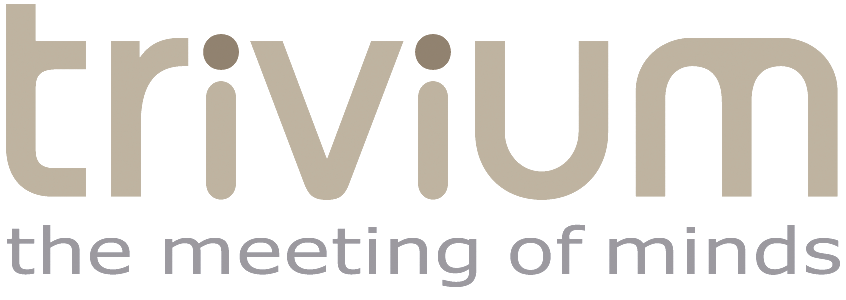Looking back and forward
In this blog we would like to share some thoughts and insights on a leadership development program, that Per & Kåre executed in the spring of 2021.
We were early in 2021 approached by Mikkel Vedby Rasmussen, the Dean of Faculty of Social Sciences at the University of Copenhagen.
The issue at hand
With the right team on board, but with a super challenging and rapidly changing environment, Mikkel Vedby Rasmussen felt it was the right time to invest on the strategy toolbox and mindset.
The five Heads of Departments found themselves in an ever-challenging situation where everyday strategic acting (strategizing) in the departments needed attention.
The Dean is a visionary leader focusing on enhancing the everyday strategic acting within the organization. And, he had prior to this worked with Trivium (Kåre) for several years and had trust and faith in us to deliver a program that would enhance the strategic thinking and execution in the leadership team.
Our approach
As always when we address strategic and complex issues, we carry out a diagnosis.
Based on the diagnosis we decided on an approach based on a framework with systematic hands-on training with specific tools. The program also consisted of cases, co-created with the participants.
For Trivium, strategy is a tool that helps make better solutions.
Framework – the three disciplines
When working on strategic thinking and execution we base our approach three disciplines:
• Planning
• Deconstruction
• Executing
The three disciplines work best when they are synchronized, the synchronization is what creates sustainable progress.
The framework is based on the three brilliant books and the work of their authors.
Planning
Richard Rumelt: “Good Strategy/bad strategy”. Rumelt outlines that all strategies must start with a diagnosis of all critical issues. Critical issues hinder the change(s) that you seek. To put it short – you should simply be asking yourself: What is going on here? This includes who is acting, i.e., stakeholders are identified and mapped.
The diagnosis serves as an explanation of the nature of the challenge. A good diagnosis simplifies the often-overwhelming complexity of reality by identifying certain aspects of the situation as being the critical ones. Bear in mind that strategy is not the same as setting a goal. Strategy consists of Diagnosis, Guiding Policy and Coherent Actions. Hence strategy is not only What - but also Why and How.
Deconstruction
This part builds on “Assumption-Based Planning” by James Dewar. In short, assumption-based planning is all about checking the pillars of the foundation on which you build your solution.
We are not always aware of our assumptions and biases. Hence the challenge is that we often take something for granted in a process, that might either not be true or be vulnerable to changes.
Therefore, you should surface and test assumptions/ideas before they are set in motion. In that sense, deconstruct your plan and your thinking
In this phase all stakeholders and their influence are brought back into play.
Executing
Finally execution! For us, the classic and therefore our focus is on Larry Bossidy & Ram Charan’s masterpiece ‘Execution – the discipline of getting things done’
“We don’t think ourselves into a new way of acting, we act ourselves into a new way of thinking.” (Charan & Bossidy)
One of the elements we focused on were the ‘executing mindset’ outlined by Charan and Bossidy. They identify seven leadership behaviors that form such a mindset:
1. Know your business
2. Insist on realism
3. Set clear goals and priorities
4. Follow through
5. Acknowledge those who trade
6. Develop human abilities
7. Know yourself - authenticity + self-insight + self-mastery + humility
Summing up
For each discipline, we developed specific tools that were introduced used in three strategy labs where the participant worked with concrete and realistic cases.
That will be the focus of an upcoming blog where we will dive into the concrete strategy labs. Here we will also introduce our three phase model for strategic executing.
